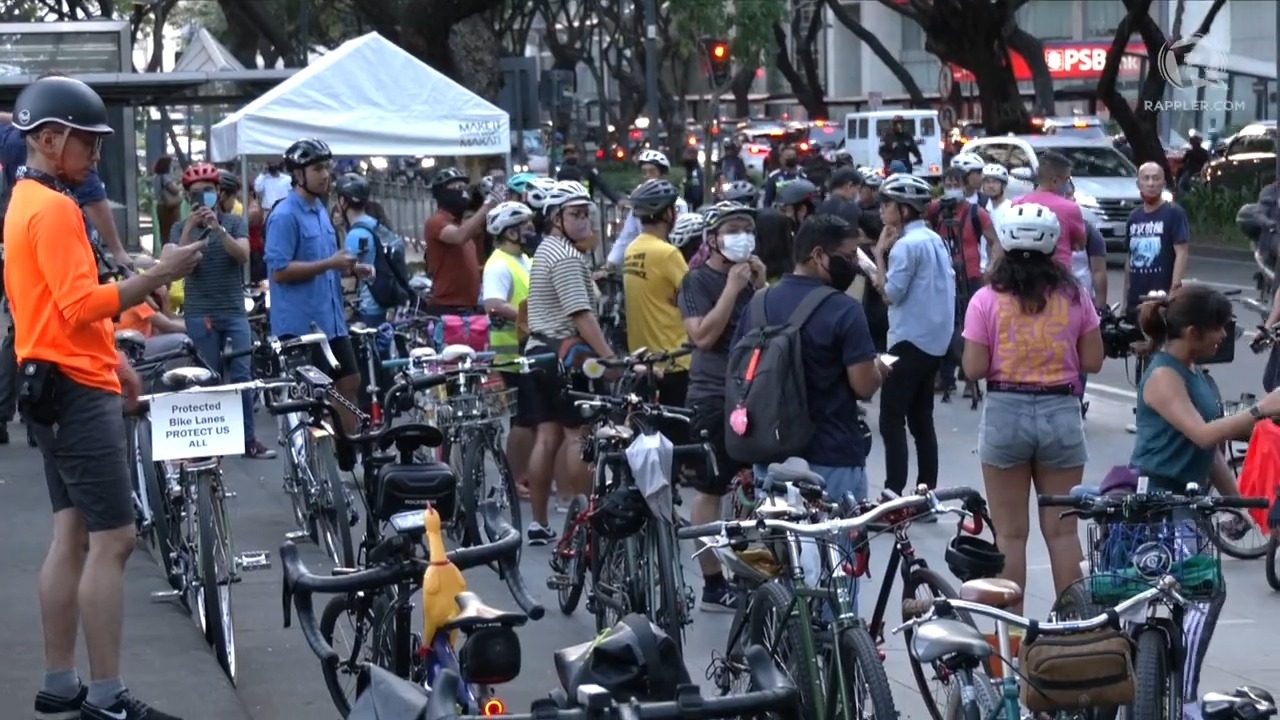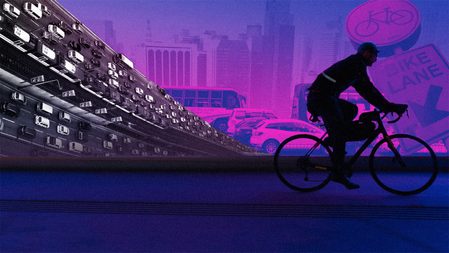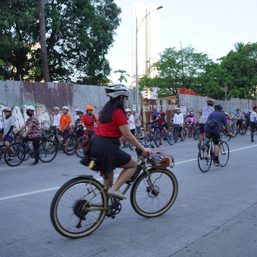SUMMARY
This is AI generated summarization, which may have errors. For context, always refer to the full article.

MANILA, Philippines – About 36% of households in the Philippines in 2023 use bicycles in their activities, up from 29% last year, according to a survey by the Social Weather Stations (SWS). This means that one in every three households in the country has at least one member who cycles.
This comes out to about 10 million households in the country with at least one active bicycle user. The rest of the households in the country – an estimated 17.4 million – either have no bicycles or do not use them.
The survey also found that there were four bicycle owners for every car owner in the Philippines, similar to what SWS observed in April 2022 and May 2021. In fact, since May 2020, thirteen national surveys have consistently shown that there are more bicycle owners than car owners nationwide.
Cycling’s popularity has generally increased from April 2022 to March 2023. About 27% of households cycle recreationally, while 24% cycle for what SWS defines as “essential activities.” (READ: A new generation of young adults is cycling toward greener cities)
Households taking to bikes for leisure have seen a notable uptick. Sightseeing (17% of households), exercising (17%), and playing (3%) have particularly gained traction since May 2021.
On the other hand, Filipinos are also relying on bicycles for their daily essentials too – whether it’s trips to the market (16%) or commuting to places other than work (7%). However, less Filipinos now cycle for job-related purposes, with only 4% of households doing so in 2023, down from 7% in 2022.
When asked why they choose to cycle, a majority of bikers (56%) said they’re doing it to save on fares while 46% also cited improving one’s health as a reason. Meanwhile, 27% said that they’re cycling to save on travel time, 17% do it to lose weight, and 8% bike for recreation or play.
What about government support?
Despite the growth in popularity of cycling, the government has shown limited support. The Department of Transportation put in P2 billion in 2022 for programs related to setting up cycling infrastructure around the country – such as protected bike lanes and bike racks – but the budget for the active transportation program has steadily decreased to P705 million in 2023 and just P500 million in 2024. (READ: Transport budget in 2024 doubles to P214 billion. Here’s where it’s going.)
Even when protected bike lanes have been set up, cyclists must battle to keep them from being converted into “sharrows” or lanes shared between bikes and motor vehicles. Earlier this year, cyclists and other advocates fiercely opposed a plan to convert the dedicated bike lane in Makati City’s Ayala Avenue into a shared lane. It was enough to keep the protected bike lanes at the heart of the central business district – at least for now.
This hasn’t stopped other attempts to remove dedicated bike lanes. The Metropolitan Manila Development Authority (MMDA) is planning to turn bicycle lanes along EDSA – among the busiest thoroughfares in the country – into a shared lane for both bicycles and motorcycles, labeling the current lane setup as “underutilized.”
Meanwhile, San Juan City has already removed bollards along bike lanes in parts of Ortigas Avenue, following the recommendation of the MMDA. The bollards, which protect cyclists from motor vehicle traffic, were first installed during the height of the COVID-19 pandemic.
– Rappler.com
Add a comment
How does this make you feel?






There are no comments yet. Add your comment to start the conversation.